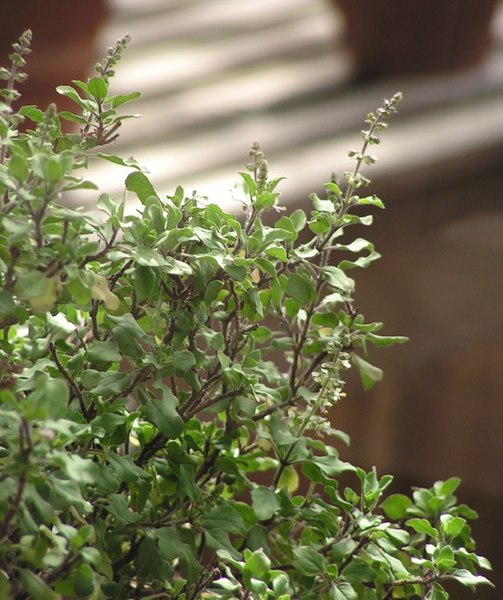Mannat Har Khushi Paane Ki: Episode Discussion Thread - 36
KRISH AT THREAT 22.12
BRAINLESS KRISH 23.12
Ranveer walks out of Don 3
Awards Navri actually deserves
Out now TMMTMTTM song - Saat Samundar Paar
Mihir tulsi reunion bts??
Mithali n Hritik married 😂😂
New promo: Noyna sees Tulsi
Prediction - Tu Meri Main Tera Main Tera Tu Meri
Pari : I'm sorry. I miss you mumma.
New fiction coming soon
Dhurandhar Part 2 Likely To Move Forward
🏏India Women vs Sri Lanka Women, 2nd T20I SLW tour of India 2025🏏


Originally posted by: elasingh
From today's episode it is obvious that Vrinda is quite ok abt Parvati's kidnaping...She does protest a little but cools down when Jalandhar sweet talks her...